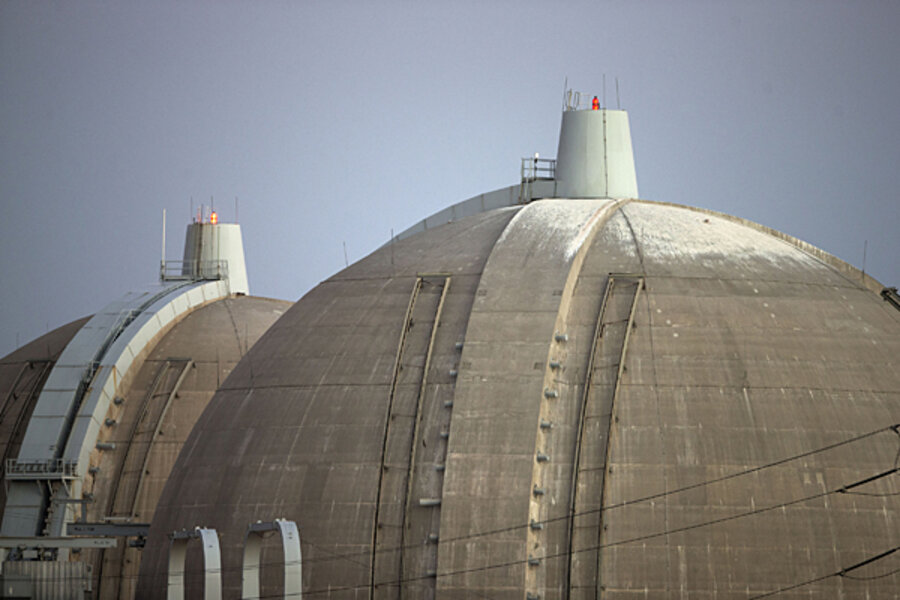San Onofre nuclear plant to shut down permanently
Loading...
| Los Angeles
The troubled San Onofre nuclear power plant on the California coast is closing, after an epic 16-month battle over whether the twin reactors could be safely restarted with millions of people living nearby, officials announced Friday.
Operator Southern California Edison said in a statement it will retire the twin reactors because of uncertainty about the future of the plant, which was facing a tangle of regulatory hurdles and investigations. With the reactors idle, the company has spent more than $500 million on repairs and replacement power.
The plant "has served this region for over 40 years," Ted Craver, chairman of SCE parent Edison International said in a statement. "But we have concluded that the continuing uncertainty about when or if (the plant) might return to service was not good for our customers, our investors, or the need to plan for our region's long-term electricity needs."
The plant between San Diego and Los Angeles hasn't produced electricity since January 2012, after a small radiation leak led to the discovery of unusual damage to hundreds of tubes that carry radioactive water.
SCE had been seeking permission from the Nuclear Regulatory Commission to restart the Unit 2 reactor and run it at reduced power, in hopes of stopping vibration that had damaged the tubing.
About 7.4 million Californians live within 50 miles of San Onofre, which can power 1.4 million homes. California officials have said they would be able to make it through the summer without the plant but warned that wildfires or another disruption in distribution could cause power shortages.
Friends of the Earth, an advocacy group critical of the nuclear power industry, praised the decision.
"We have long said that these reactors are too dangerous to operate and now Edison has agreed. The people of California now have the opportunity to move away from the failed promise of dirty and dangerous nuclear power and replace it with the safe and clean energy provided by the sun and the wind," the group's president, Erich Pica, said in a statement.
The problems at San Onofre center on steam generators that were installed during a $670 million overhaul in 2009 and 2010. After the plant was shut down, tests found some generator tubes were so badly eroded that they could fail and possibly release radiation, a stunning finding inside the nearly new equipment.
San Onofre is owned by SCE, San Diego Gas & Electric and the city of Riverside.







